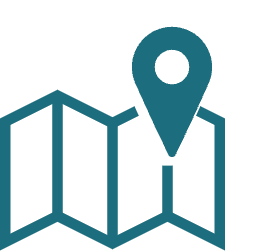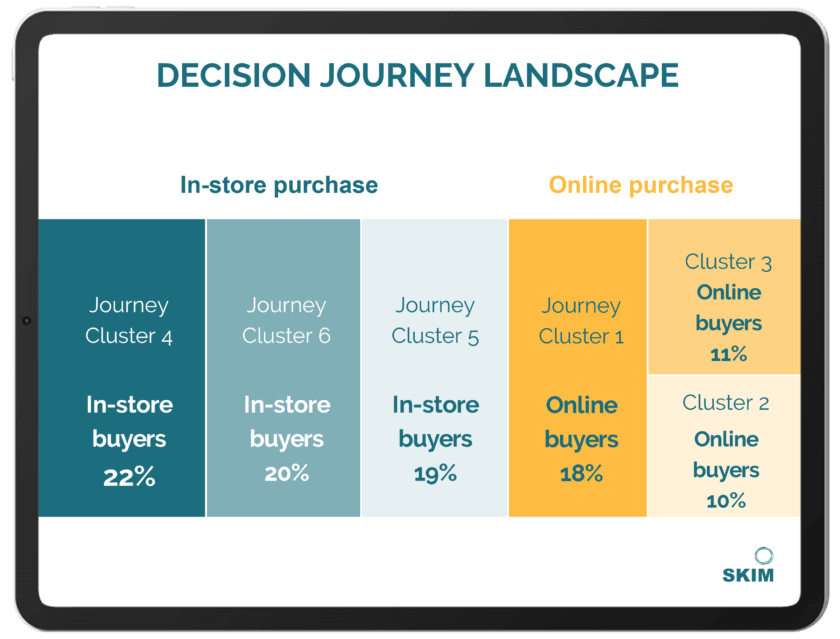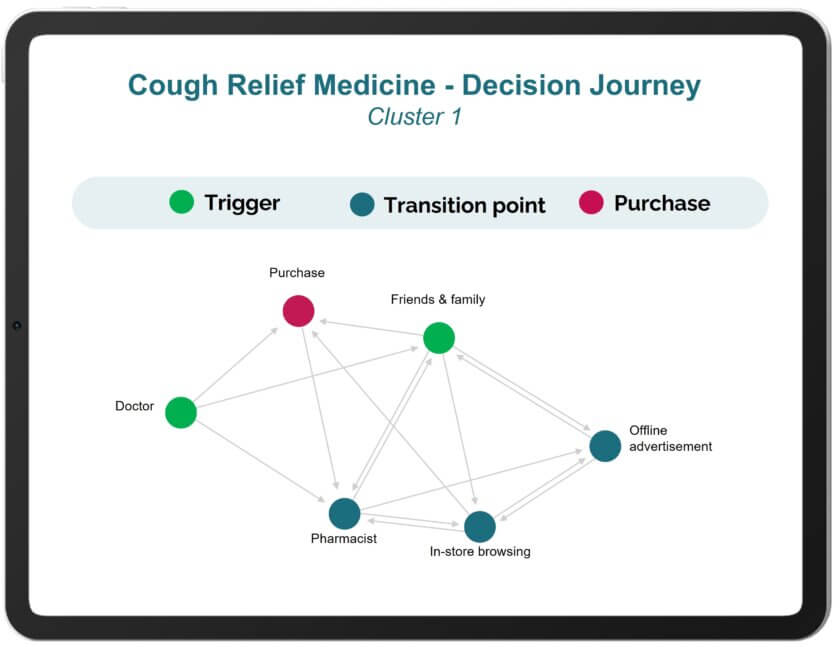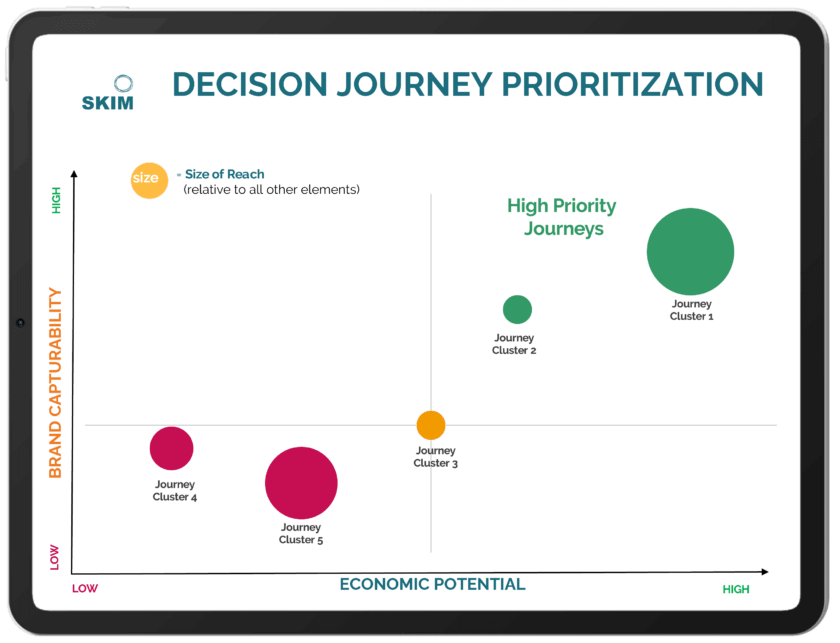Why consumer health brands need a more advanced analytics approach to decision journey research
The consumer health shopper journey is a particularly complex one. As with traditional FMCG products, the shopper journey for consumer health products is a labyrinth of channels and touchpoints. It’s never a linear decision-making process.
However, as a consumer health marketer, you face additional challenges when trying to untangle messy decision journeys: understanding the unique role of healthcare providers and their influence on the path to purchase.
Does a consumer seek advice from a pharmacist or physician and if so, when? How much influence does that opinion have on the ultimate decision?
Traditional journey research tools were developed for FMCG products. They fall short of fully untangling the intricate paths and influences on decision behavior for products like OTC medicines, infant nutrition, supplements or healthy aging food and beverages.
That’s why many consumer health companies are shifting to a new advanced analytics research approach for decision journeys – to more accurately capture the reality of their categories.
Read on to learn more about decision journey mapping in the consumer health category.
Capturing real-life complexity for smarter consumer health marketing strategies
Mapping the consumer decision journey is most likely a foundational piece of research in your marketing toolkit. However, you may be dealing with several challenges many of our consumer health clients are today. Do any of these issues sound familiar?
- Increased number and frequent use of journey touchpoints: it’s non-linear and messy
- Greater variety of online and offline touchpoints: omnichannel complexity
- Changing role of healthcare professionals (HCPs): shifting decision influence
These trends are causing companies to re-evaluate their approach to journey insights, so they can optimize marketing strategies and prioritize channels and touchpoints.
A facelift for journey research
Consider the traditional journey research tools available today. They rely on three main approaches, each with their own pro’s and con’s.
These journey research methods oftentimes struggle with delivering practical hands-on answers to today’s pressing consumer health questions like:
OTC: How influential are HCPs? Do consumers interact with in-store POS materials when going through a habitual path to purchase for OTC drugs and medicine? Where do they seek information (e. g. online, on pharmacy or supermarket shelf, etc.)?
Supplements and vitamins: What or who triggers research for and usage of supplements? What influence does social media have? How are new players disrupting the category?
Healthy aging: When a consumer shops for elderly nutritional drinks, do they usually ask friends for advice, check in with a pharmacist or ask a physician for a referral?
Infant nutrition: A mother researching infant formula may consider an online community’s reviews more influential than her pediatrician’s recommendation. If so, how much influence does that opinion have on her ultimate decision?
For more reliable journey insights, more companies are now opting for an advanced Decision Journey Mapping approach. It delivers more accuracy and specificity by prioritizing the following:
- Accounting for shared decision-making power: the role of HCPs in the path to purchase
- Understanding the interplay of omnichannel touchpoints
- Reflecting the complexity and non-linear nature of modern shopper journeys. Particularly the fact that one, or several, touchpoints may be accessed repeatedly before one ultimate decision
- Works well for consumer health categories, such as OTC, supplements, infant nutrition, healthy aging, etc.
How does Decision Journey Mapping work?
SKIM’s Decision Journey Mapping solution uses an interactive and engaging survey, where shoppers not only report on their touchpoint usage, but also in which order and how many times each was used. Additionally, it captures needs associated with each touchpoint, the usage experience and satisfaction, and areas for improvement. Finally, each consumer evaluates category brand players on their usage experience, ability to cater to their needs and provide relevant information. To create a more holistic view we can supplement this stated behavior with passive metering and digital tracking behavior.

Applying these interviewing techniques within the consumer health category offers more clarity on all touchpoints including:
- HCPs (Physicians, pediatricians, nurses etc.)
- Pharmacists
- In-store POS materials and shelf
- Friends and family
- Social media
- Paid online/offline media
- eCommerce/online reviews
How Advanced Analytics can tackle decision journey challenges
Any modern research approach should be able to cater to management and internal stakeholder’s needs by delivering truly actionable results and learnings. What does this mean for consumer health journey research specifically?
Which touchpoints trigger the journey?
Which elements trigger the start of the decision journey to purchase a consumer health product? Are these triggers driven by a company or outside forces?
In which order are touchpoints used?
Even beyond the differentiation of purchase channels, the sequence of touchpoints across the journeys contributes to an even greater difference in individual journeys. This complexity is amplified with the number of information sources and influences in consumer health.
What are the journey end points?
In the analysis, the first level of differentiation may be based on the journey end point (e.g. purchase channel) and may – with the growing importance of online pharmacies – increasingly consider an offline vs. online channel differentiation.
Using an advanced analytics method is the only way to tackle the previously described complexity, untangle the messy journeys and uncover true journey sequences. Our unique decision journey mapping solution is based on stochastic Markov models. This sophisticated approach allows for the flexibility to handle sequences of touchpoints and multiple appearances per journey. For example, it provides insights into where HCPs are used within the journey and what their impact is on the consumer’s choice.
Untangle the complexity to make journey insights specific and actionable within the organization.
Such stochastic models allow for three easy-to-understand and actionable outcomes:
Keep in mind: While traditional segmentation approaches – within journey research or otherwise – are based on behavior (e.g. touchpoint usage or demographics), advanced decision journey mapping defines different journey segments not only based on touchpoint usage, but more so on the sequence of touchpoints!
Activating journey insights for data-driven decision-making
Many companies are not only rethinking their journey research approach, but also how they can better activate the journey insights across the organization. Interactive workshops, online dashboards and business wargaming are being used to ensure key stakeholders understand the results, business implications and determine implementation plans.
What are some outcomes our consumer health clients have experienced from adopting this journey research and activation approach?
- A new focus on previously unknown or underrated information sources used within a path to purchase
- A shift in priority between different digital marketing measures
- A more realistic understanding of what points in the journey a touchpoint is being used and the type of information that is sought
- Identifying the need to educate HCPs, like doctors or pharmacists, about a product’s use case, features, or correct application
Want to know more about our proprietary, advanced-analytics-based approach to journey research?
Reach out to our Consumer Health team today!








